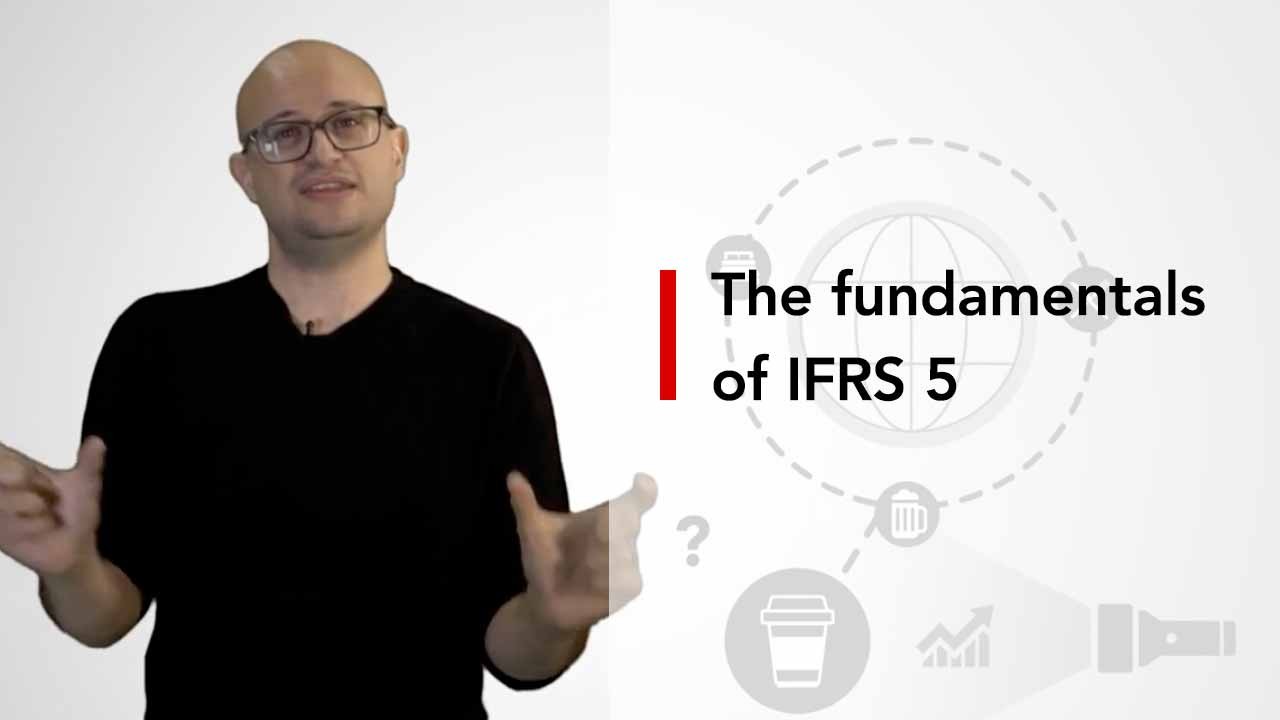
One of the joys of teaching students about IFRS Standards and then setting them projects is seeing how they bring fresh eyes to some of the oddities in the application of the standards.
One such occasion arose recently with a third-year student analysing the financial statements of Marks & Spencer, the UK retailer. The student knew that Marks & Spencer had entered into an agreement with Ocado to sell M&S food products online but was struggling to see where that was reflected in the overall revenue in the consolidated financial statements.
Upon further investigation, the student discovered that the agreement with Ocado was a joint venture between the two entities and as such, no revenue was recorded in the Marks & Spencer group figures. Instead, the equity method of accounting is used for the joint venture, in accordance with IFRS 11, Joint Arrangements.
How it works
Under the equity method, just one line is recorded in the statement of profit or loss to represent the group’s share of the results of the joint venture (or associate, which is given the same treatment). This is applied in entities where the parent company has either joint control or significant influence over another.
No revenue for the joint venture with Ocado was recorded in the Marks & Spencer group figures
While acknowledging that the treatment was correct under the application of IFRS 11, the student rightly queried whether that was actually helpful. The student’s argument was that as this was the only route through which Marks & Spencer sold its produce online, it was a key part of the revenue from the food retail business. It is hard to argue against this logic, and under the previous rules of proportionate consolidation in IAS 31, Interests in Joint Ventures, that would certainly have been the case.
The blanket application of the equity method for joint ventures generally added some consistency to a market where some entities would apply proportionate consolidation while others applied the equity method, so it was a sensible development in many ways. It may well have been believed that having one imperfect solution is better than two contrasting imperfect solutions.
Criticisms
While the introduction of the equity method of accounting improved consistency, numerous criticisms remain. Some argue that just including one line isn’t enough, as that doesn’t accurately reflect the economic substance of the transaction, as in the Marks & Spencer example given earlier.
An opposing argument is that even including one line is too much. The argument here is that even if an enterprise has a significant influence over an entity, it still doesn’t really get that share of the profit of the entity and will benefit only if a dividend is paid from the associate/joint venture.
Does the equity method provide more relevant information than fair value accounting would?
Another problem is that entities show the share of profit from associates or joint ventures in varying places in the financial statements. Some show it as part of the operating activities, which therefore contribute to a measure of operating profit, whereas many others show it below the operating profit line.
The specifics aside, some of the most vocal critics really don’t understand why applying the equity method provides more relevant information than simply applying fair value accounting to the investment.
IASB proposals
Under one of the proposals made by the International Accounting Standards Board (IASB) in the exposure draft for the primary financial statements project, entities would identify whether associates and joint ventures are integral to the business or not. The results of these would then be shown as two separate lines in the financial statements.
In proposing this, the IASB seemed to achieve something rare, which was a general consensus among the respondents. Unfortunately, the respondents disagreed with the IASB’s proposal, considering it needlessly complex to really differentiate between what constituted an integral associate or joint venture and what didn’t.
The negative response means it is likely that this distinction will be shelved. One thing that was noted was that most respondents would prefer to see the share of profits below a measure of operating profit, so at least some consistency may be achieved there.
Separately from the primary financial statements project, the equity method remains on the IASB’s workplan as it considers the way forward. While this could raise interest in those who believe the method could simply be removed, the discussions are really around how some of the more technical issues arising in the application can be resolved.
These technical points and their own issues will be examined further in this column if the IASB continues its deliberations, but the very nature of the discussion only highlights that the equity method is unlikely to be significantly changed any time soon. There have been many tweaks to the equity method since its introduction and any future changes are likely to result in more tweaks rather than wholesale change.
More information
Watch Adam Deller’s series of short videos explaining the basic principles of a number of IFRS Standards





